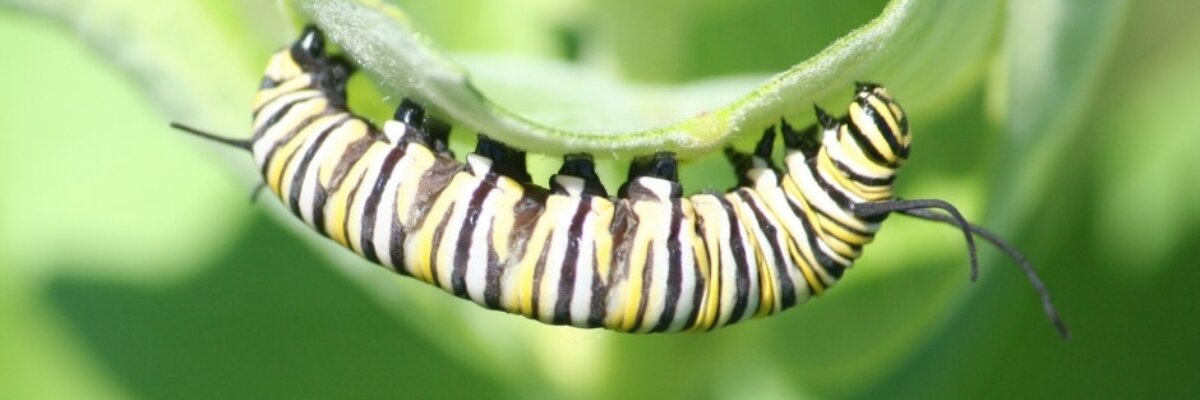
Do some areas already have ‘enough’ milkweed habitat?
Healthy and abundant habitat is essential for monarch and pollinator conservation. For monarchs, this habitat should contain milkweed because it is an essential host plant for their larvae to eat. While habitat without milkweed can also provide floral/nectar resources for monarchs (which are also very important), that habitat would not be able to support immature monarchs during their reproductive season. Thus, a habitat with a balance of both native milkweeds and other nectar plants will benefit monarchs and a variety of other pollinators and wildlife. Since one main goal of habitat restoration is to create an ecosystem that is able to sustain long-term and continue providing benefits to the organisms using the site, it is important that these habitats are diverse. Milkweeds are a part of this ecosystem and provide benefits to more than monarchs, so should be included in all habitat restoration projects, as should other wildflowers. Another consideration is habitat fragmentation, and what this means for monarchs in search of suitable breeding areas. Including and increasing habitat that includes milkweed across the landscape, regardless of area, will help to ensure that those monarchs in search of breeding habitat will find it more easily. Recovering from the recent record low population size may not happen in just a few years, so the more habitat available for reproduction, the better likelihood monarchs have of a population rebound.
